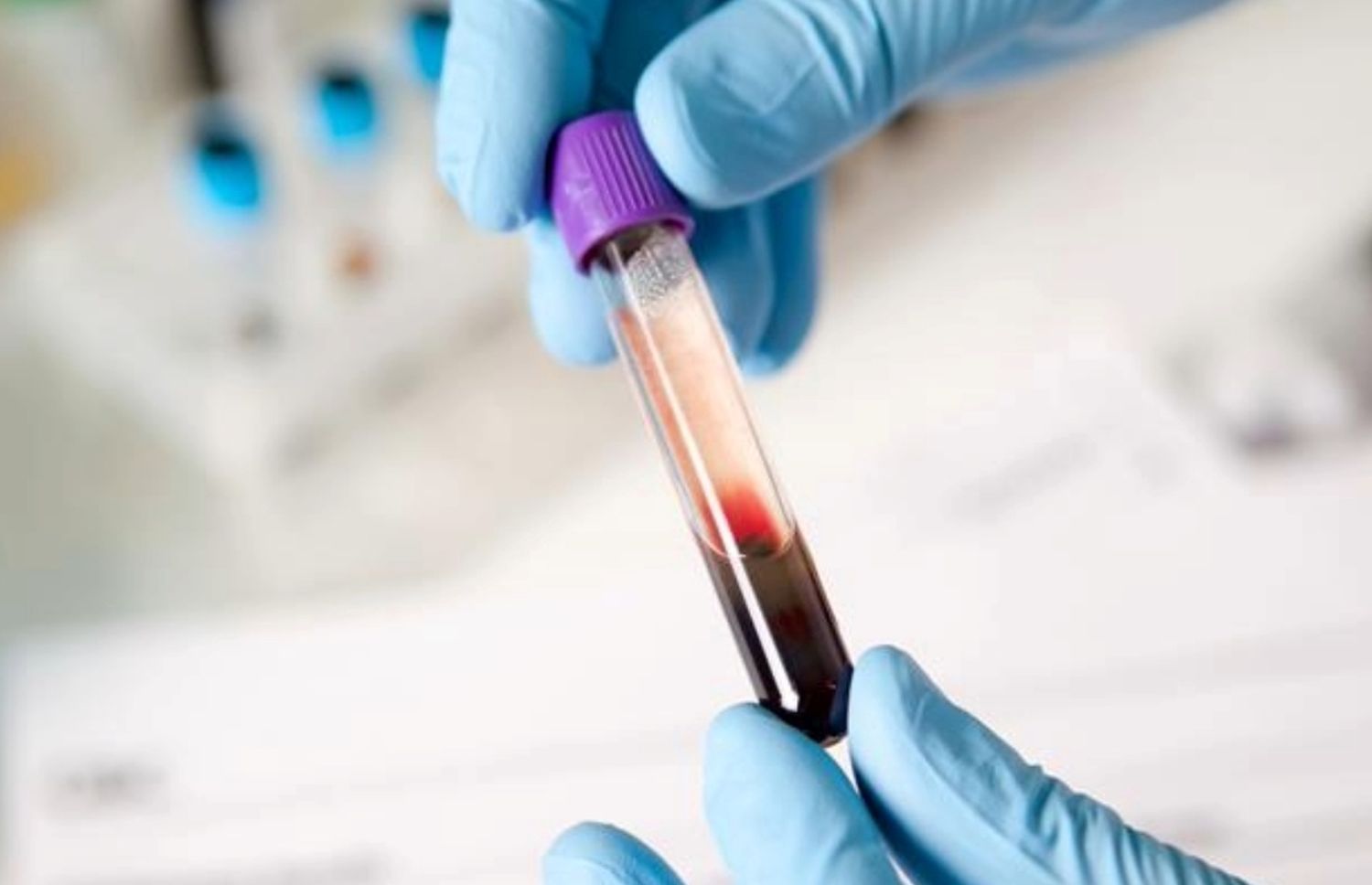A/G Ratio Seasonal Variations Guide

A/G Ratio Seasonal Variations Guide
When patients first get their lab results back, they often have a very basic question: what is A/G ratio? This is understandable. Nobody actually bothers to explain it until there is a problem.
The albumin to globulin ratio is a critical blood marker healthcare providers use to assess liver function, kidney health, and immune activity.
While test results reflect underlying health conditions, seasonal variations also influence A/G ratio levels.
If you recently received your results and need a personalized explanation regarding what they mean, LabAnalyzer can offer a specific breakdown.
This guide broadly explores how temperature, hydration, infections, and lifestyle habits affect A/G ratio results throughout the year, helping optimize testing timing and result interpretation.
Normal Seasonal Fluctuations
Blood protein levels, including albumin and globulin, naturally fluctuate with the seasons from metabolic, environmental, and lifestyle changes.
Albumin Trends:
Higher in summer due to dehydration and increased metabolism.
Lower in winter from reduced physical activity and dietary shifts.
Globulin Trends:
Higher in winter due to increased immune response to infections.
Lower in summer when infection rates drop.
How This Affects the A/G Ratio:
The A/G ratio is slightly higher in summer due to increased albumin levels.
The A/G ratio is slightly lower in winter due to increased globulin levels.
Using tools like LabAnalyzer helps track these seasonal patterns, making it easier to distinguish normal fluctuations from potential health concerns.
Summer vs. Winter Values
The A/G ratio shifts between warmer and colder months from changes in hydration, immune activity, and dietary habits.
Summer A/G Ratio Trends
What Happens in Hot Weather:
Increased sweating can cause dehydration, concentrating blood proteins and raising albumin levels.
Fewer infections lead to lower globulin production, increasing the A/G ratio.
More outdoor activity and higher vitamin D levels can enhance liver function, supporting albumin production.
Additional summer activities might affect hydration status.
Typical Effect:
Slightly higher A/G ratio, generally between 1.3 and 2.5, due to increased albumin levels.
Regular monitoring helps identify concerning trends.
Winter A/G Ratio Trends
What Happens in Cold Weather:
Infections such as flu and colds increase globulin production, which might lower the A/G ratio.
Less physical activity can slow liver metabolism, slightly reducing albumin levels.
Higher carbohydrate intake in winter diets might affect protein synthesis.
Spending more time indoors increases exposure to seasonal illnesses.
Typical Effect:
Slightly lower A/G ratio, generally between 1.0 and 1.3, due to increased globulin levels.
Digital tracking helps identify patterns needing attention.
Environmental Impacts
Multiple seasonal factors influence A/G ratio results.
Hot and Dry Climates (Summer, Desert Regions):
Dehydration concentrates blood proteins, raising albumin and the A/G ratio.
Higher vitamin D levels improve albumin synthesis.
Fewer infections result in lower globulin production.
Temperature extremes affect metabolism.
Cold and Wet Climates (Winter, Rainy Seasons):
Higher infection rates increase globulin levels, lowering the A/G ratio.
Less sunlight exposure might slow albumin synthesis.
Seasonal allergies can increase immune protein production, affecting globulin levels.
Indoor heating influences hydration status.
Testing Time Recommendations
Follow these practices when scheduling A/G ratio tests.
Best Time of Year:
Spring (March to May) and Fall (September to November) provide the most stable A/G ratio readings from balanced hydration, metabolism, and immune activity.
Moderate temperatures reduce environmental influences.
Morning appointments offer consistent results.
Best Time of Day:
Morning between 8 AM and 10 AM, when albumin levels stay most stable after overnight fasting.
Avoid testing after prolonged dehydration from hot weather or exercise.
Schedule tests before daily activities begin.
Hydration Considerations:
Drink sufficient water before testing, especially in hot months.
Avoid alcohol and excess caffeine the day before testing to prevent dehydration.
Maintain consistent fluid intake before appointments.
Result Interpretation by Season
Consider the time of year when reviewing A/G ratio results to assess whether changes reflect seasonal patterns or medical concerns.
Higher A/G Ratio in Summer:
A mild increase between 1.3 and 2.5 usually results from dehydration or lower immune activity.
A significant increase above 2.5 might indicate malnutrition, liver dysfunction, or protein malabsorption.
Regular monitoring helps identify concerning trends.
Lower A/G Ratio in Winter:
A mild decrease between 1.0 and 1.3 suggests higher immune protein production.
A significant decrease below 1.0 might indicate chronic inflammation, autoimmune disease, or liver issues.
Digital tracking supports pattern recognition.
Monitoring Guidelines
Track seasonal A/G ratio changes with these strategies.
Digital Health Tracking:
Use LabAnalyzer to record test results, seasonal patterns, and symptoms.
Track hydration levels and dietary changes.
Monitor long-term trends across seasons.
Consistent Testing Schedule:
Compare winter versus summer values over multiple years.
Identify seasonal trends versus medical issues.
Schedule regular testing intervals.
Environmental Controls:
Maintain consistent water intake before testing.
Track protein consumption patterns.
Document lifestyle changes affecting results.
Healthcare Provider Consultation:
Discuss A/G ratio drops below 1.0 or rises above 2.5.
Review extreme seasonal trends.
Evaluate symptoms accompanying ratio changes.
Regular monitoring across seasons helps distinguish normal variations from potential health conditions requiring medical attention.